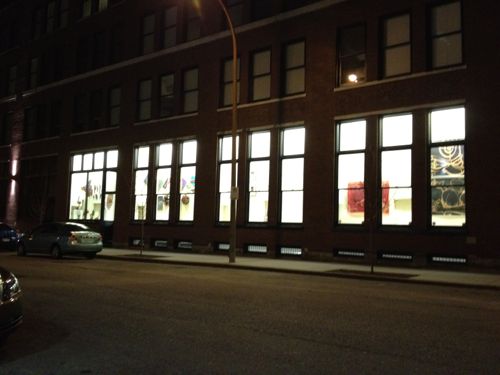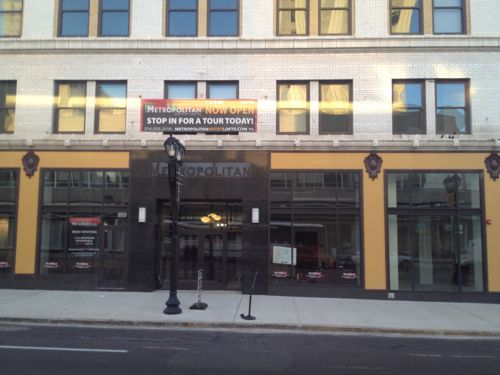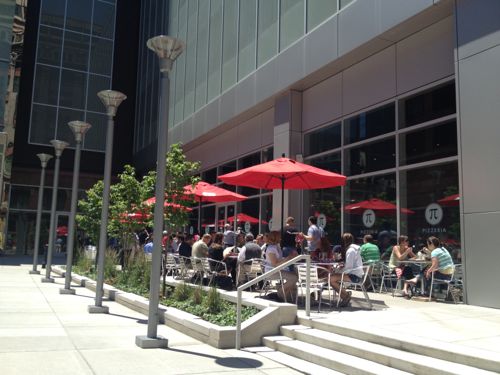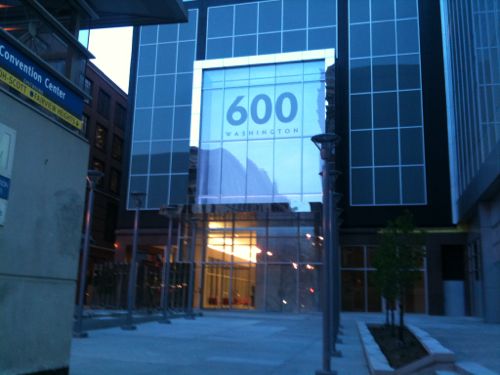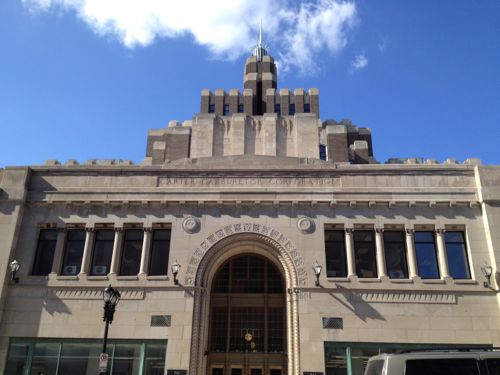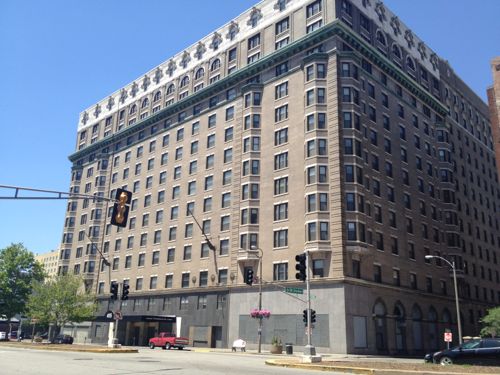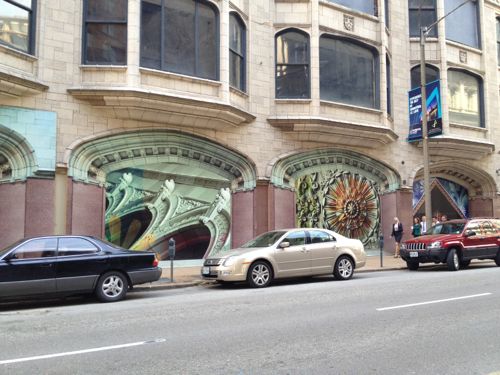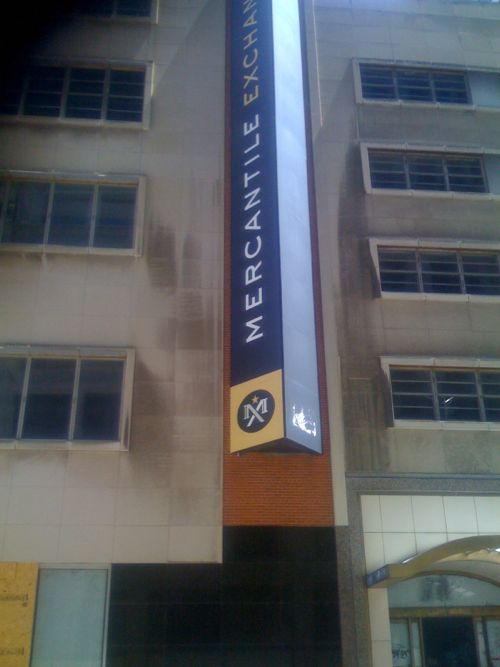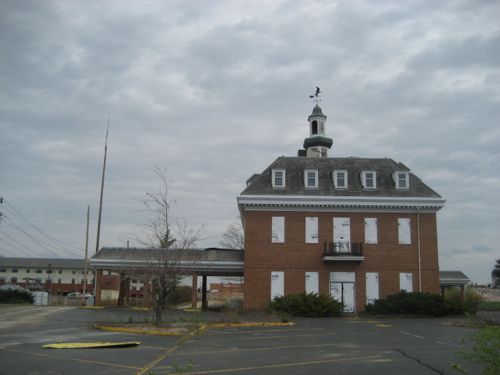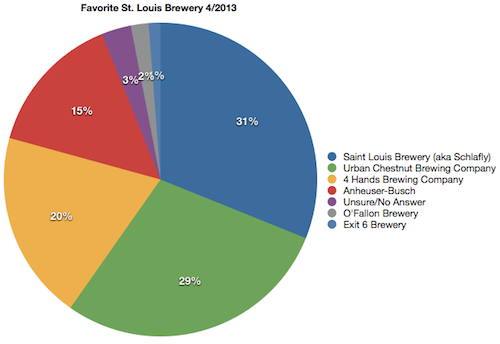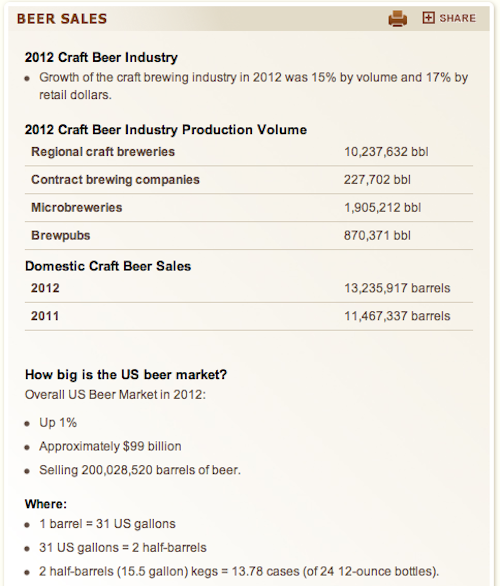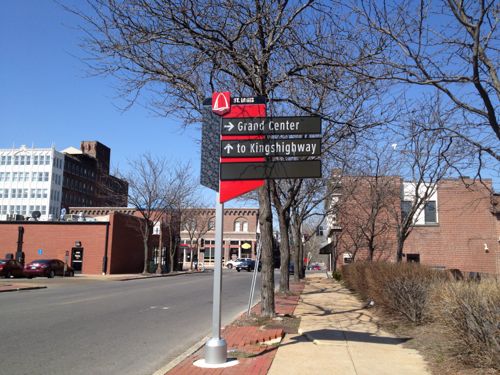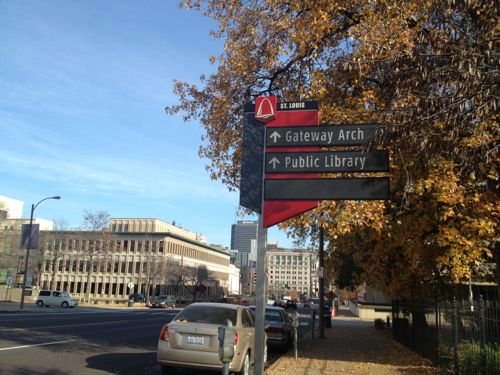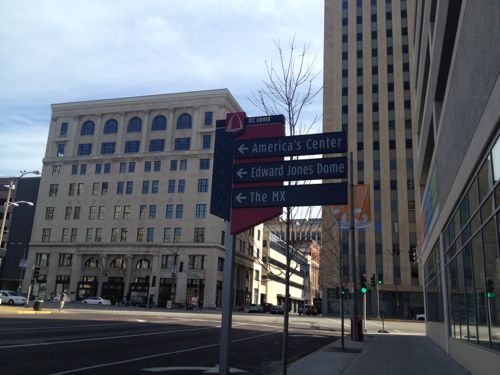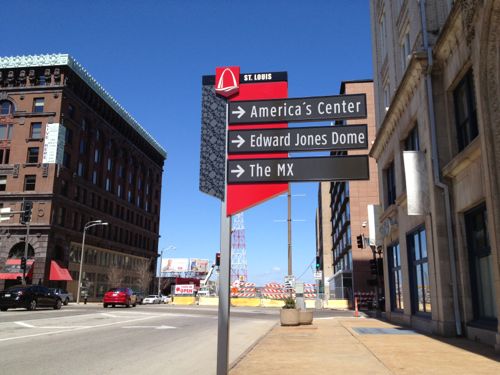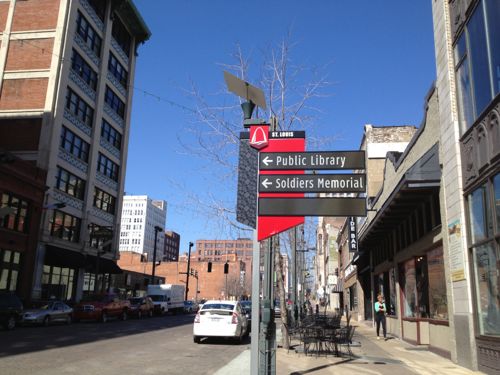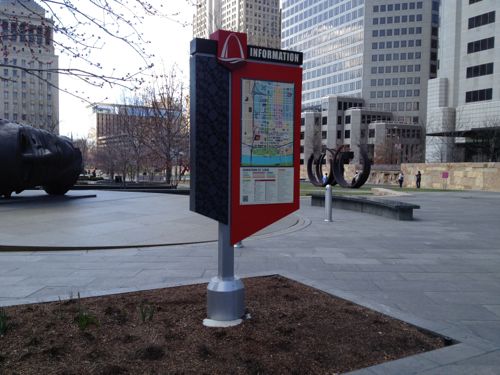New Books From Reedy Press: Black Missourians, Eckert Summer Cookbook, Do Before You Die, St. Lou-isms
I’ve received a number of books recently, this post is about four from St. Louis-based publisher Reedy Press.
#1
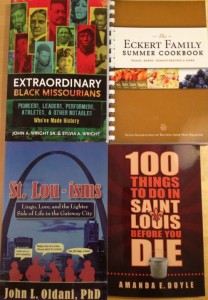
The first fills in a gap in my knowledge about some names I’ve heard in my nearly 23 years as a resident of St. Louis.
Extraordinary Black Missourians: Pioneers, Leaders, Performers, Athletes, and Other Notables Who’ve Made History by John A. Wright Sr. and Sylvia A. Wright, $19.95. ISBN: 9781935806479
African Americans have been a part of Missouri from its territorial days to the present, and Extraordinary Black Missourians describes more than 100 pioneers, educators, civil rights activists, scientists, entertainers, athletes, journalists, authors, soldiers, and attorneys who have lived in the state for part or all of their lives. Josephine Baker, Lloyd Gaines, Langston Hughes, Annie Malone, Dred Scott, Roy Wilkins, and others featured in the book are representative of individuals who have contributed to the African American legacy of Missouri. They set records, made discoveries, received international acclaim and awards, as well as led in the civil rights movement by breaking down racial barriers. These accomplishments, and others, have played a major role in shaping the history and culture of the state and nation. Extraordinary Black Missourians attempts to put a face on these individuals and tells of their joys, failures, hardships, and triumphs over sometimes insurmountable odds.
With a look at blacks from all over the state, there are names in the contents I’ve never heard before. Glad to have this indexed book for future reference.
#2
Everyone that has lived in St. Louis knows the name Eckert. Last year I posted about The Eckert Family Fall Cookbook and now they’re out with a summer volume:
The Eckert Family Summer Cookbook: Peach, Tomato, Blackberry Recipes and More compiled by Jill Eckert-Tantillo and Angie Eckert, $12.00. ISBN: 9781935806462
The second installment of the Eckert Family Cookbook Series features delectable, time-tested recipes from their famous summer harvest. From roasted tomato gratin to peach cobbler, The Eckert Family Summer Cookbook covers every category from soups and salads through desserts. Recipes emphasize ingredients pulled straight from the fields during summer months, when tender fruits flourish alongside root vegetables, sturdy greens, and woody herbs. Highlights include corn saute, peach tomato mozzarella salad, pork tenderloin with balsamic peaches, and fresh blackberry tart, among other delights. Tips and techniques for preparation and storage also fill The Eckert Family Summer Cookbook-the latest example that eating locally grown foods is a family tradition for the Eckerts! Jill Eckert-Tantillo is vice president of Marketing and Food Services for Eckert’s. Angie Eckert is vice president of Retail Operations for both the Country Store and the Garden Center for Eckert’s. Both Jill and Angie love to prepare meals for family and friends using the freshest ingredients of the season. They believe the best family memories are made around the dinner table.
#3
Bored? Here’s a book with 100 suggestions on things to do here in St. Louis. Scanning the list I’d say I’ve only done about 20-25 of them, so I’d better get busy.
100 Things to Do in St. Louis Before You Die by Amanda E. Doyle, $15.00. ISBN: 9781935806509
Let’s face it: St. Louis is a big city, and life is short. Whether it’s moving some musts to the “done” column of your bucket list or finding fresh ways to spend your summer in the city, this handy compendium will make the most of your minutes. Bike the Riverfront Trail to the Chain of Rocks Bridge, sip a chocolate malt at Crown Candy Kitchen, hold your breath during the high-wire act at Circus Flora, or admire the architectural and design splendor of Frank Lloyd Wright’s Ebsworth Park home: you just gotta do it! One hundred ways to connect with your town await. Special features include insider tips on getting the most from your stops and themed itineraries for the truly adventurous. As the associate editor of Where Magazine for the past 13 years, and as mom to a curious preschooler, Amanda E. Doyle enjoys seeking out the city’s singular charms, including those documented in her two previous books, Finally! A Locally Produced Guidebook to St. Louis, By and For St. Louisans, Neighborhood by Neighborhood and To the Top! A Gateway Arch Story.
#4
Every region has lingo that is unfamiliar to newcomers, St. Louis is no exception.
St. Lou-isms: Lingo, Lore, and the Lighter Side of Life in the Gateway City by John L. Oldani, PhD, $19.95. ISBN: 9781935806448
Do you warsh your dishes and rinsh them in the zink? Do you eat mustgo for dinner? Heard about zombies in Wildwood or St. Louis Hills? Ghostly hitchhikers in Florissant? What or who is a St. Louis Hoosier? In St. Lou-isms, John “Dr. Jack” Oldani documents wholly new St. Louis folklore related to senior citizens, baby boomers, lawyers, nurses, new St. Louis vocabulary, Irish and Bosnian folklore, and even urban belief tales. Dogtown, St. Louis Hills, Valley Park, Wildwood, Ellisville, and other communities are connected through jokes, beliefs, tales, speech, lingo, graffiti, games, and other lore. St. Lou-isms decodes the lingo and traces the stories, shared by all St. Louisans. This book will keep you from being St. Louis “stupid,” or a few clowns short of a circus! You can live, laugh, and learn to leave a legacy! For more than 30 years, Dr. John L. Oldani, a St. Louis native, has been a professor of American Studies and folklore at American and international universities. From his fieldwork, he has collected more than 150,000 folklore texts from the St. Louis area. He is the author of four other books on American folklore, one highlighting the American quilter.
Look for these at local bookstores like Left Bank, AIA, Missouri Botanical Garden, etc., or click the title link to order direct from the publisher.
— Steve Patterson
